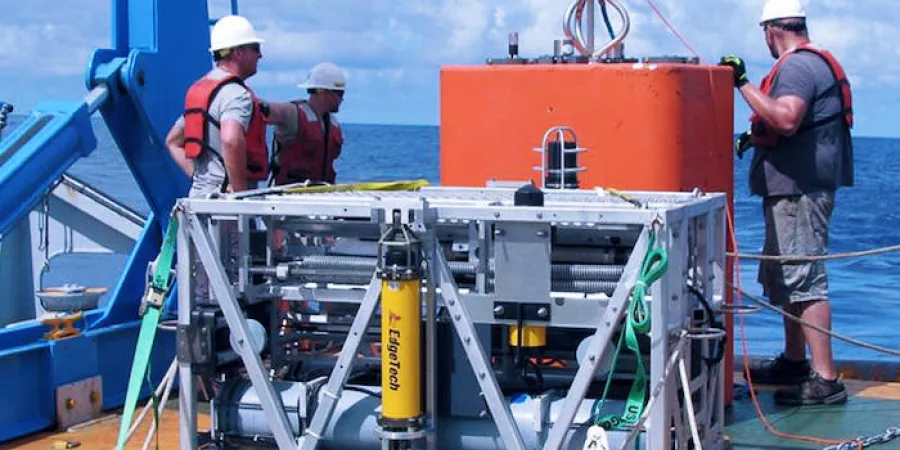US Begins Deployment of Submarine Detection System
Ami Rojkes Dombe
| 25/06/2019
The US DoD has awarded Leidos a $72.8 million contract for work on submarine detection sonar for the US Navy.
The company will perform work on the Transformational Reliable Acoustic Path System (TRAPS), one of two prototypes developed by DARPA.
The TRAPS system uses a fixed sonar mode placed on the ocean floor, exploiting advantages of operating from the seafloor, to achieve large-area surveillance of the area surrounding the submarine. Each node communicates back to a floating “stationary surface node” through a wireless acoustic modem when the ocean floor node detects a sound.
“The TRAPS capability complements fixed surveillance systems and the surveillance towed array sensor system,” the DoD said. “TRAPS provides flexible and responsive wide area surveillance for theater antisubmarine warfare commanders worldwide.”
The other prototype, called Submarine Hold at Risk (SHARK), has an unmanned underwater vehicle as a mobile platform to track enemy submarines. Both are part of DARPA’s Distributed Agile Submarine Hunting (DASH) program.
While it is unclear where the Navy will deploy the TRAPS, it can be assumed that the primary objective is to prevent Russian or Chinese submarines from reaching close enough to US shores for a second strike without being detected.
The US DoD has awarded Leidos a $72.8 million contract for work on submarine detection sonar for the US Navy.
The company will perform work on the Transformational Reliable Acoustic Path System (TRAPS), one of two prototypes developed by DARPA.
The TRAPS system uses a fixed sonar mode placed on the ocean floor, exploiting advantages of operating from the seafloor, to achieve large-area surveillance of the area surrounding the submarine. Each node communicates back to a floating “stationary surface node” through a wireless acoustic modem when the ocean floor node detects a sound.
“The TRAPS capability complements fixed surveillance systems and the surveillance towed array sensor system,” the DoD said. “TRAPS provides flexible and responsive wide area surveillance for theater antisubmarine warfare commanders worldwide.”
The other prototype, called Submarine Hold at Risk (SHARK), has an unmanned underwater vehicle as a mobile platform to track enemy submarines. Both are part of DARPA’s Distributed Agile Submarine Hunting (DASH) program.
While it is unclear where the Navy will deploy the TRAPS, it can be assumed that the primary objective is to prevent Russian or Chinese submarines from reaching close enough to US shores for a second strike without being detected.



